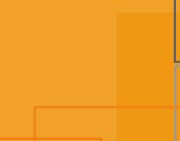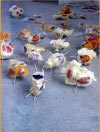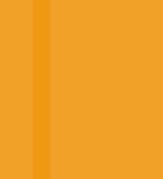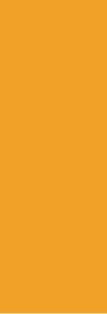PROJECT REPORT:
MEDIA, ART AND GENDER The project Media,
art and gender consisted of three parts: lectures, workshop and exhibition.
The participants of the workshop and exhibition were the younger artists (from
Serbia and Romania) but they also came from other fields such as art history,
activism and social sciences. Through presentations, Media, art and gender Reader
and selected visual material, participants were introduced into the issues of
: feminist media studies, gender identity and postsocialism, art/activist strategies
of culture jamming, Eastern European art focused on gender etc. The main idea
of the workshop, as the second part of Media, art and gender project, was to
offer to artists a chaotic amount of gender images (taken from different magazines)
as their working material and investigate the possibilities of their reorganization
into artworks on the subject of gender. Individual or joint work done within
the workshop resulted in different attachments to such working material. They
range from personal experience related to these images or discovery of visual
patterns of mass media gender representations to drawing the parallel to art
history or material conditions of gender inequality. According to different
approaches of the artists, the exhibition - as the third part of Media, art
and gender project - can be loosely structured into following groups of works:
- CUT&PASTE - rearrange, find patterns, relate, intervene… Magazine images are
installed according to the media patterns they employ in representing women,
men, body, sexuality, beauty etc. - PRIVATE/PUBLIC - intimacy with screen… The
juxtaposition of private photos and stories to the sexism of tabloids and advertising
or to tellenovellas as a conventionally women`s genre opened a space for intimacy
as the attitude to the public scenery of gender. - MATERIAL # CONDITIONS - destiny
in toilets and drills? Some of the works pointed to the material conditions
related to gender or art. Cleaning the toilet as a usual and unpaid women’s
work or the material conditions in the alternative art space such as H.arta
pointed to the existential costs that are produced by social inequality or to
difficulties that often accompany the alternative art choices. - ARCHIVE - historical
background… Photos of Timisoara people in the beginning of XX century provided
a visual contrast and historical overview of the notions of femininity and masculinity.
- DOCUMMENTATION - information dissemination… The video material that was recorded
during the workshop was also presented to the audience within the course of
exhibition. A collateral benefit of this workshop was also the exchange of information,
articles, CD-s on Serbian and Romanian art scene or on contemporary art in general.
Different materials (catalogues, CDs…) that participants have presented to each
other during the workshop were displayed as its relevant part.


























